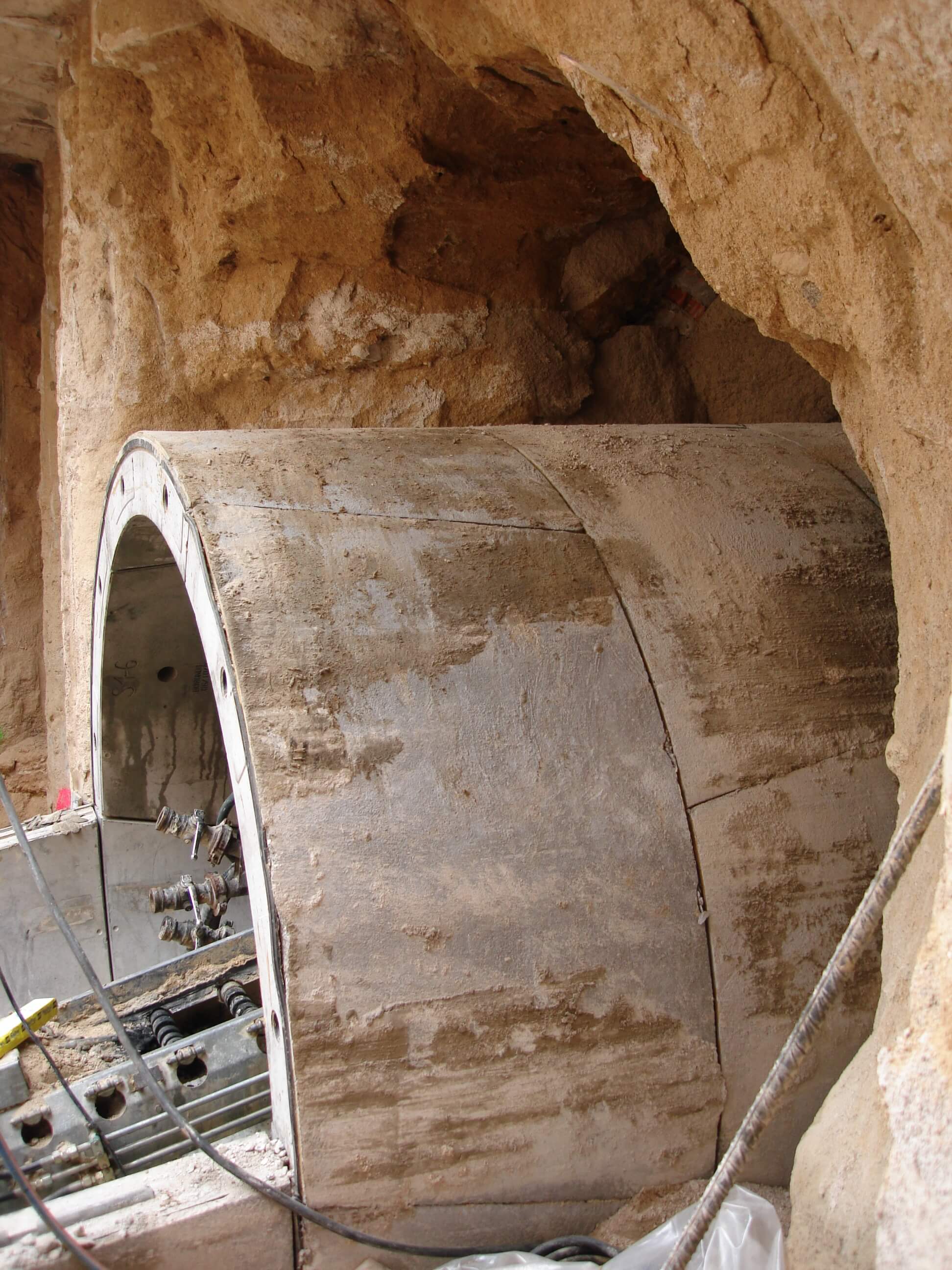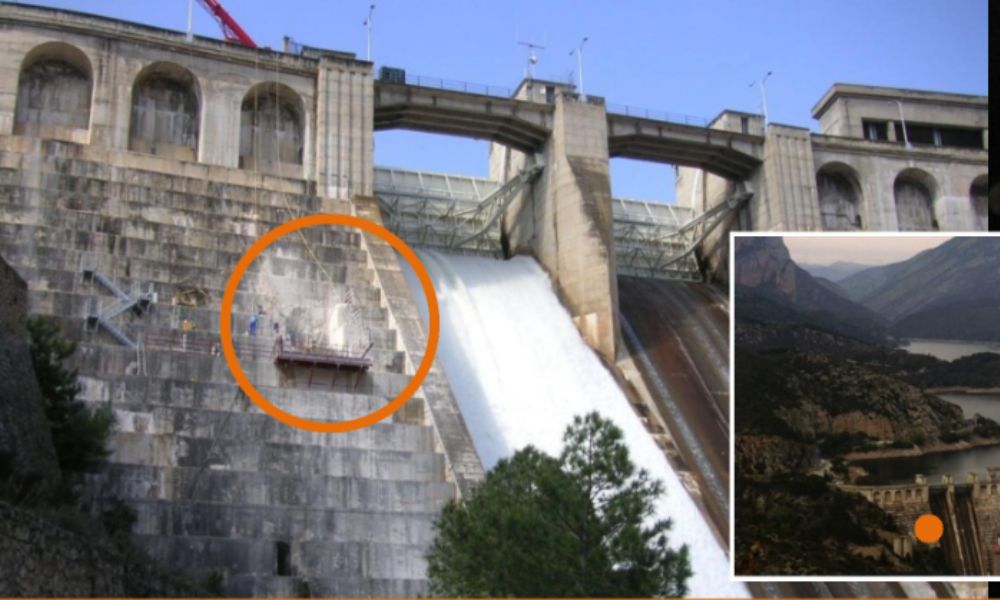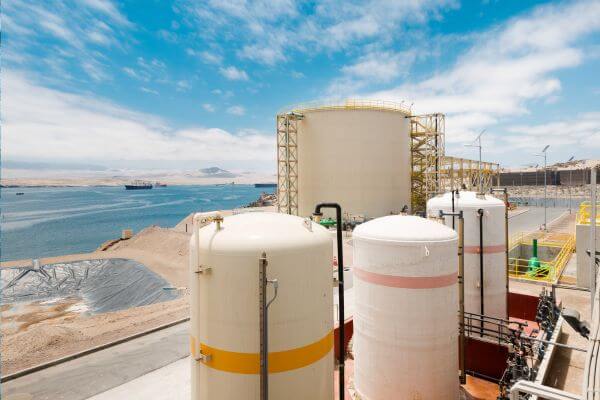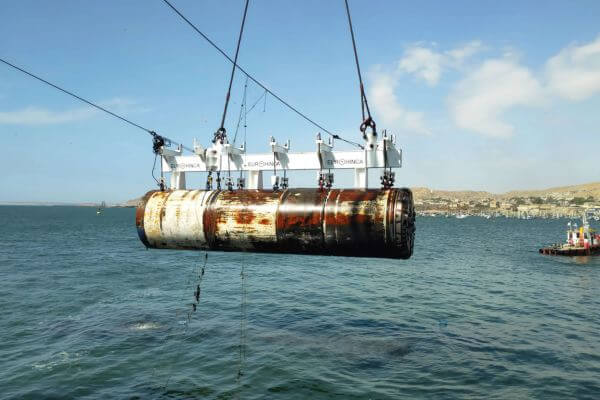
Efficient catchments and returns for aquaculture: challenges and microtunneling solutions
Modern aquaculture - from Mediterranean sea bream hatcheries to huge Atlantic salmon farms - relies on an influx of
Eurohinca (Europea de Hincas Teledirigidas, S.A.), especialista SIN zanja desde 1996 — 14 tuneladoras y >120 km ejecutados.
Ejecutamos desagües de presas y conducciones asociadas con microtúnel (MTBM), segment tunnel, vertical wells y HDD — trazado preciso, control de presión/estanquéidad y mínima afección a la obra civil. Ver referencias.

En Eurohinca somos especialistas en la construcción de desagües para presas, asegurando un control preciso del caudal y la estabilidad estructural de la obra. Gracias a nuestra experiencia en cruces de ríos y gas pipeline tunnels, aplicamos soluciones que combinan seguridad, durabilidad y eficiencia en cada proyecto hidráulico.
Nuestros sistemas incorporan métodos de excavación con tuneladoras y técnicas sin zanja, reduciendo el impacto ambiental y optimizando los plazos. La experiencia adquirida en urban supply systems y drainage works nos permite ofrecer soluciones fiables y adaptadas a cada entorno.

Los desagües de presas, túneles de descarga y conducciones subterráneas asociadas requieren tecnologías constructivas de alta precisión y mínima afección a la estructura de la presa y a su entorno. Los métodos SIN zanja permiten ejecutar túneles y conducciones con control geométrico, estabilidad del frente y cumplimiento estricto de la normativa hidráulica. Este servicio se define por los siguientes parámetros técnicos:
• Aplicaciones principales: Túneles de desagüe de fondo, conducciones auxiliares, by-pass hidráulicos, galerías de drenaje, conducciones de alivio, cruces subterráneos bajo estribos o cimentaciones, y conexiones hacia cámaras de válvulas o compuertas.
• Métodos constructivos utilizados: Microtúnel teledirigido, hinca de tubería en acero u hormigón, Direct Pipe® para conducciones a presión y túneles mecanizados en roca cuando las condiciones lo requieren. La elección se basa en la geotecnia, la presión del agua y la ubicación de la presa.
• Condiciones de terreno y estabilidad: Terrenos aluviales, suelos mixtos o roca alrededor del vaso o del estribo. Se consideran permeabilidad, fracturación, nivel freático, gradientes hidráulicos y potenciales vías preferentes de filtración.
• Requisitos de seguridad estructural: Los trabajos deben evitar cargas adicionales sobre la presa, interferencias en cimentaciones o alteración del régimen de filtración. Las cotas, profundidades y trazados se diseñan en coordinación con la ingeniería de la presa.
• Diámetros y presiones de trabajo: Tuberías de acero o hormigón diseñadas para soportar presiones hidráulicas elevadas asociadas a desagües de fondo u operaciones de emergencia. En túneles visitables se emplean revestimientos de dovelas o soluciones específicas para esfuerzos hidráulicos.
• Longitudes típicas de los tramos: Desde cruces cortos bajo estructuras anexas hasta túneles de varias decenas o cientos de metros para conectar cámaras de válvulas, desagües o puntos de descarga aguas abajo.
• Requisitos de obra civil: Pozos de ataque y recepción situados fuera de la zona de influencia estructural de la presa, accesos seguros, plataformas de trabajo, planta de lodos, ventilación y áreas para manipulación de tubería de acero o elementos de revestimiento.
• Control de presión y estabilidad del frente: En suelos saturados o bajo nivel freático elevado se emplean escudos cerrados (EPB o Slurry); en roca, cabezales específicos para garantizar estabilidad y minimizar vibraciones.
• Control de calidad y normativa: Monitorización continua de empujes, par, presión de frente, guiado y volumen excavado. Pruebas de estanqueidad, inspección CCTV, control geométrico y documentación as-built conforme a normativa hidráulica y requisitos del organismo gestor.
• Seguridad y operación: Protocolos HSE reforzados en proximidad a presas, control de atmósferas, acceso seguro a pozos, gestión de bombeo y aseguramiento de que la obra no afecta la operación de la presa ni la seguridad de la infraestructura.
Nuestra experiencia internacional incluye obras de desagüe en entornos complejos, donde adaptamos la ingeniería a condiciones técnicas y medioambientales específicas.
Puedes descubrir más en la sección de obras realizadas.
En el blog de Eurohinca News compartimos casos de éxito, avances técnicos y buenas prácticas en obras hidráulicas y subterráneas.

Modern aquaculture - from Mediterranean sea bream hatcheries to huge Atlantic salmon farms - relies on an influx of

Tunnels play an essential role in water supply and desalination systems, enabling the efficient and efficient transport of water from one place to another.

Submarine outfalls are essential infrastructures in effluent management, allowing the discharge of treated water into the open sea.
En la sección de frequent questions respondemos cuestiones sobre materiales, mantenimiento y durabilidad de los desagües, así como su función en la seguridad de las presas.
A dam outlet is a system of pipes or channels designed to control and direct the flow of water from a dam. Its main function is to allow the safe evacuation of water stored in the dam, preventing overflows and managing excess water, especially during heavy rains or snowmelt.
Adequate drainage construction is crucial to ensure the security. y efficiency of the dam. Inadequate design can lead to problems such as overtopping, soil erosion, and structural damage. Well-constructed spillways ensure a controlled flow of water and minimize the risk of failure of the dam structure.
Dam spillways are constructed using durable and resistant materials, such as polyethylene pipes, reinforced concrete y stainless steel. These materials are designed to withstand water pressure and extreme environmental conditions, ensuring long life and reliable performance.
The installation of a weir drain generally follows these steps:
Dam drains require periodic maintenance to ensure proper operation. This includes:
To ensure the durability of dam drains, several measures are taken:
Solve your doubts in our section of frequent questions.